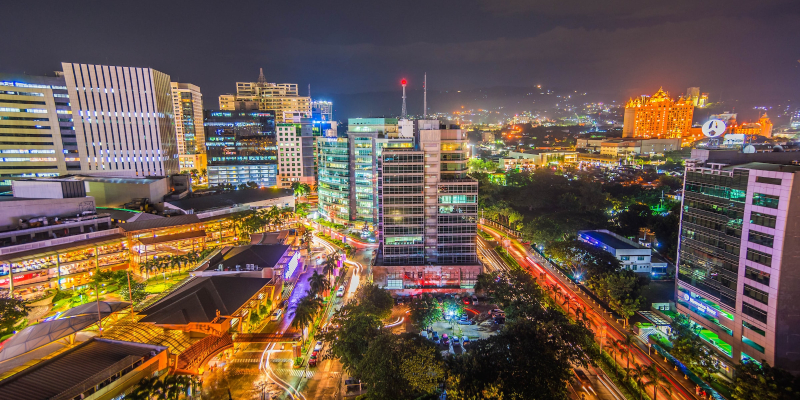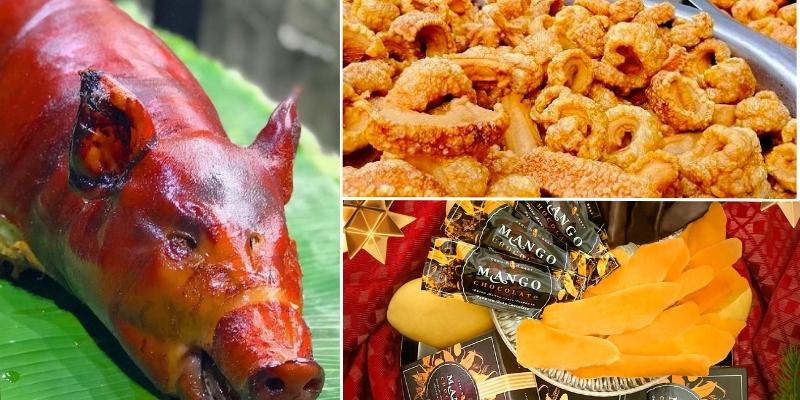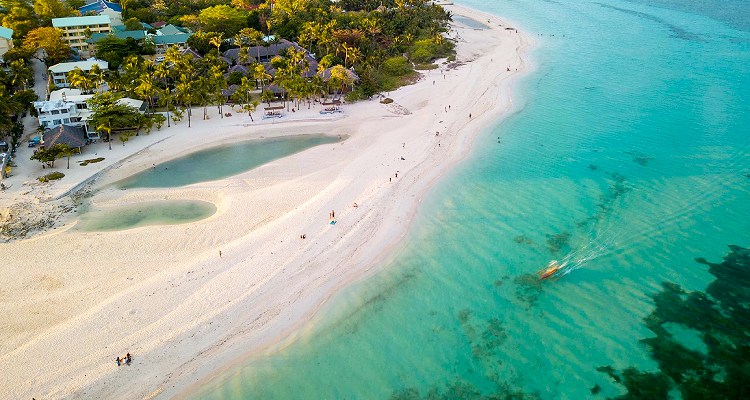Cebu, dubbed as the Queen City of the South, is a place that is more than meets the eye. When you visit Cebu, it becomes apparent how this rich city traversed the winding roads of history as time passes through. Moreover, future history is currently being written for this captivating city. Here are the things you should know about Cebu that would make your stay worthwhile.
#1 Cebu Is The Oldest City in the Philippines
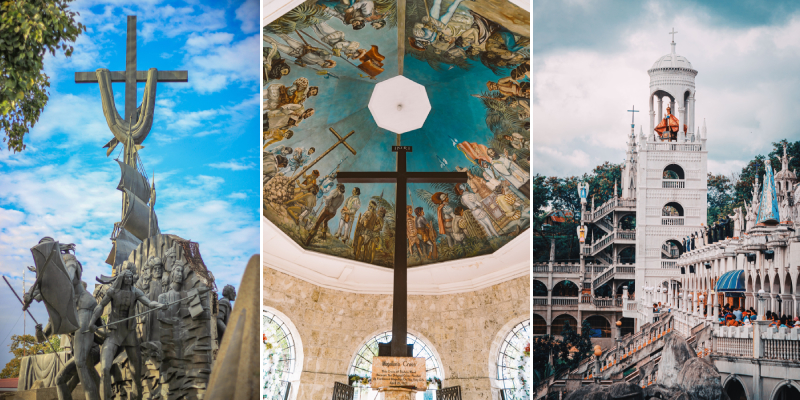

Cebu is where European settlers established a settlement. It was the first capital of the Philippines until it was moved to Manila. It was granted its city status on April 27, 1594. Old monuments and historical landmarks further cement the historical significance of the city.
Being the oldest city in the Philippines, Cebu’s museums and landmarks enable one to have a peek back in time.
#2 The Oldest Street in the Philippines is Located in Cebu
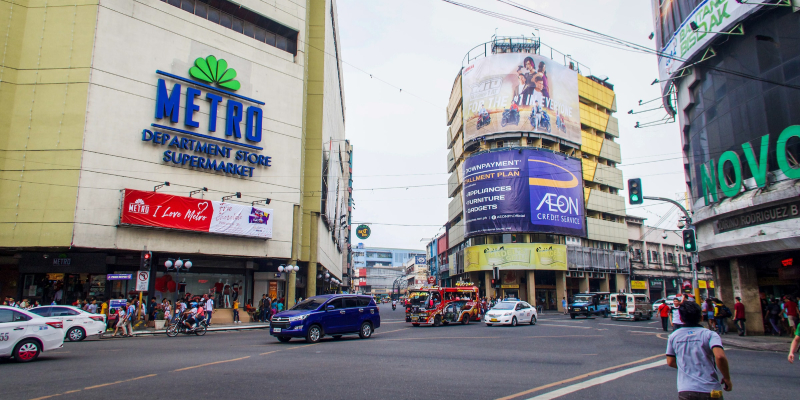

One of the many reminders of the earliest settlement of the Spaniards in the country, can be found in downtown Cebu. Colon Street was built in 1565 and was named after an explorer named Christopher Columbus. The street is part of a town plan managed by Miguel Lopez de Legazpi, a Spanish navigator. Now, filled with shopping malls, restaurants, food stalls, and various shops, Colon is arguably one of the busiest streets in Cebu. The street becomes more alive as when the street lights turn on, the street becomes a night market.
The street of colon may be the shortest national road in the Philippines but it bears the longest history a street could ever withstand. The Colon obelisk was built to represent the history that Colon Street has witnessed.
#3 The Oldest Fort in the Philippines is Fort San Pedro
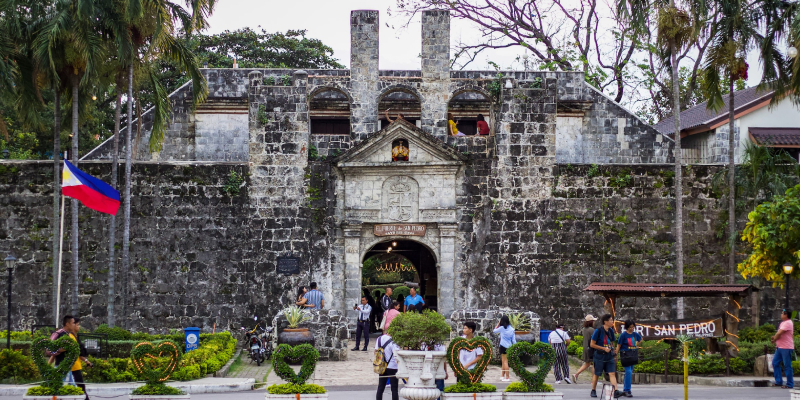

Being the first place of settlement by the Spanish, a fort has to be made. Under the command of Miguel Lopez de Legazpi, a triangular fort was built. Fort San Pedro is located at Plaza Independencia, near the pier of Cebu. What once was a military defense fort for the Spanish, is now a Historical Heritage of Cebu.
Spanish artifacts, documents, sculptures, and photographs can be seen inside the museum of the fort that now has become a tourist destination for our fellow retrophiliacs that would want to relive the history that the fort holds.
#4 The Oldest Roman Catholic Church in the Philippines
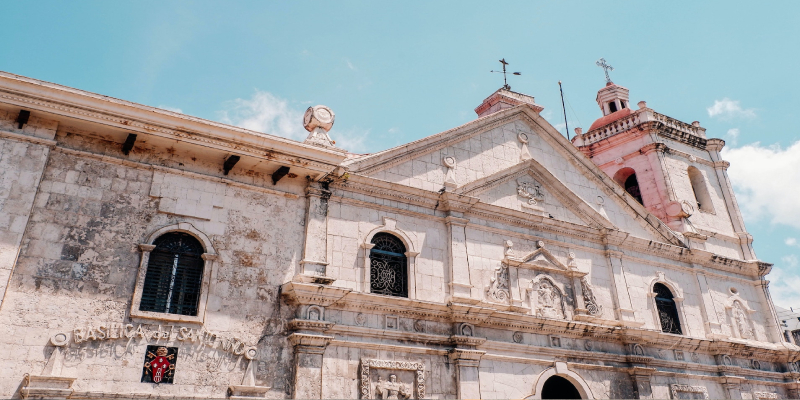

Basílica Menor del Santo Niño de Cebú was founded by Andres de Urdaneta in 1565 is the oldest Roman catholic church in the Philippines. Though the church was destroyed by fire twice, with the help of devout Reverends, the church was built back up again. The center of devotion and pilgrimage throughout the Visayas can still be found standing today, at the heart of the city.
#5 The Longest and Tallest Bridge in the Philippines belongs to Cebu
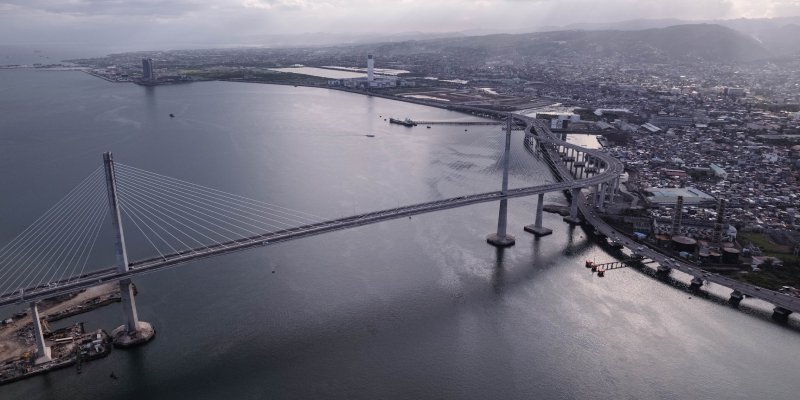

Built in 2017, and opened on April 30, 2022, CCLEX is officially the tallest and longest bridge in the country. The bridge spans 9.8 km, surpassing the former longest bridge, San Juanico Bridge. The twin pylons are 145 meters tall installed with illuminating crosses on all of its sides.
The massive marvel of engineering is built with the people in mind. Giving shorter trips to the airport to any travelers hailing from the southern area of Cebu island and vice versa. The bridge is built to last a hundred years and surely is an item for history books in the future.
#6 The Fourth President of the Philippines is a Cebuano
Sergio Osmeña Sr. was the first vice president of the Philippines before becoming the fourth president of the Philippines after the death of the late former president Manuel Quezon. He was the patriarch of the prominent Osmeña family in Cebu. During his time as president, World War II is ongoing. He made efforts to defend his country as he went on to the history books as the first Cebuano to become president.
#7 Cebu Holds the Grandest Festival in the Philippines
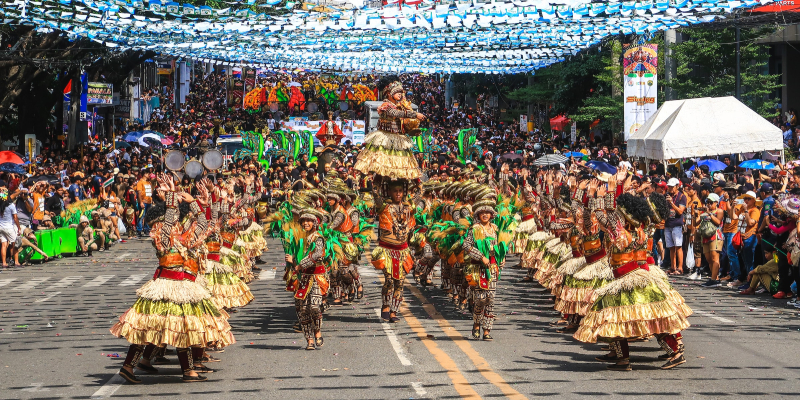

Every third Sunday of January, a grand festival is celebrated all throughout Cebu. Sinulog Festival celebrates the handing over of a famous historic relic: Santo Niño de Cebu, the statue of Baby Jesus to Rajah Humabon from Ferdinand Magellan in 1521.
The word Sinulog comes from the Cebuano adverb Sulog which means ‘like water current movement.’ It describes the forward-backward movement of the dance.
The festival garners 1 to 2 million tourists from the country alone. Tourists are welcomed with chants and dances from all over Cebu towns and provinces as the locals celebrate its christian festival.
#8 Cebu is the Home of The First Filipino Hero, Lapu-lapu
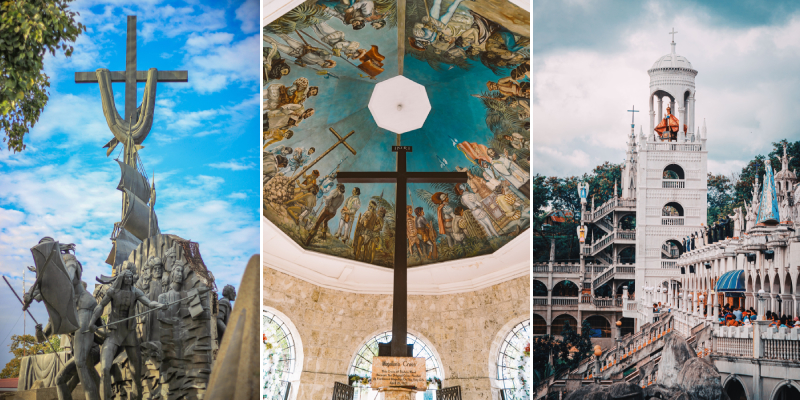

Lapu-lapu is famous for defeating Ferdinand Magellan and his forces at the battle of Mactan. He is a datu (chief) of Mactan Island. Lapu-lapu is recognized as the first Filipino Hero successfully defending his constituents from the Spanish influence.
His victory is celebrated in Mactan Island annually on April 27, the same day that his forces won against the Spanish forces led by Ferdinand Magellan.
Monuments burn down, buildings fall apart, but history remains the same. And it is constantly being written. What makes places like Cebu special is not how history is preserved, but how it is carried through time. Cebu’s current landscape is a combination of a city that was, and a city that will. It all depends on what you want to experience during your time here in Cebu. So pack your bags, bring your family and friends, and experience the city that stands through time, Cebu.

